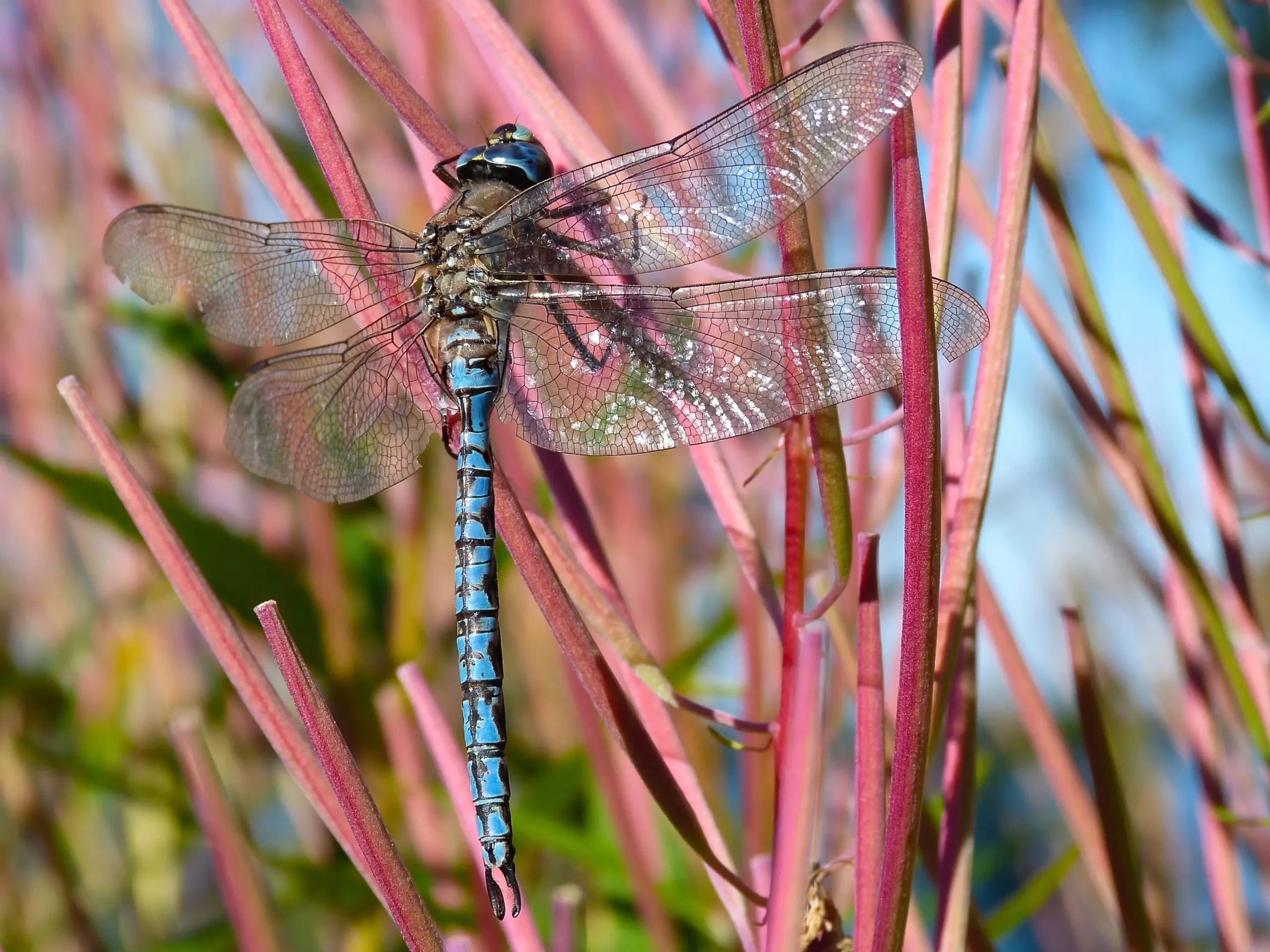Recent research has dramatically reshaped our understanding of mercury pollution, revealing the intricate and varied pathways this toxic element travels through different ecosystems in the United States. While traditional narratives held that wetter regions were the primary recipients of atmospheric mercury through rainfall, this research shows that drier climates—previously deemed mercurial hotspots—are just as susceptible. The surprising mechanisms of how mercury makes its way into the environment and subsequently into food webs emphasize the need for a nuanced approach to managing mercury pollution.
Mercury, a toxic heavy metal associated with severe health risks ranging from neurological damage to reproductive issues, has long been a global issue. This study, published in the journal Environmental Science & Technology, showcases the diverse routes through which mercury enters different habitats, inviting us to reconsider how we monitor and combat this hazardous pollutant.
Dragonflies as Ecological Barometers
One of the most fascinating aspects of this study lies in its innovative use of dragonflies as bioindicators of mercury contamination. In collaboration with citizen scientists and ecologists from various organizations, researchers tapped into the expansive Dragonfly Mercury Project, engaging volunteers across 150 National Parks. What makes dragonflies particularly relevant in this context is their life cycle: as larvae, they inhabit nearly every aquatic environment, enabling them to provide key insights into local mercury levels.
The findings suggest that mercury’s unique chemical signatures, akin to fingerprints, can reveal its ecological origins. By analyzing dragonfly larvae, scientists discovered that while some mercury is deposited through precipitation, significant amounts bind to leaf litter and subsequently enter the soil. This paradigm shift represents a crucial step forward in the science of pollution tracking, as it highlights the importance of understanding localized deposition patterns across diverse ecosystems.
A Recipe for Citizen Science
The role of citizen science has proven even more critical with the realization that dragonflies are cost-effective proxies for mercury pollution. Unlike traditional methods that often focus on fish or birds, which can be scarce in certain ecosystems, using dragonflies allows for broader data collection and more accurate assessments in regions previously thought to be low-risk. The collaborative effort between scientists and community volunteers not only deepens public engagement but also cultivates a new generation of environmental stewards.
Sarah Janssen, a USGS scientist and the study’s lead author, expresses the profound implications of these findings: “These groundbreaking findings have reshaped our understanding of mercury delivery within protected lands, particularly in dry ecosystems.” The ability to garner actionable data from citizen contributors can revolutionize how we approach resource management and pollution monitoring at various scales.
The Global Context and Future Directions
These findings extend beyond the borders of the United States, with potential reverberations for global policies aimed at mitigating mercury exposure. The insights gained from this research can inform international treaties like the Minamata Convention, designed to protect human health and the environment from mercury’s detrimental effects. Understanding the unique pathways of mercury deposition could prompt more region-specific strategies to address pollution at multiple levels.
Moreover, the recent discovery of elevated mercury levels in desert dragonflies challenges previous assumptions about the environmental safety of arid regions. If mercury pollution can affect biodiversity in such unexpected habitats, then the scope of research must expand to examine how pollutants cycle through various environments, including those that were once considered low-risk.
Colleen Flanagan Pritz, an NPS ecologist and co-author of the study, emphasizes the vital role of these findings in park management: “National parks are not only iconic symbols of our natural heritage but also critical refuges for biodiversity.” The implications of this research resonate as we strive to safeguard these natural treasures from the insidious effects of pollution.
Empowering Communities for Conservation
Ultimately, the importance of community involvement in scientific research cannot be overstated. Citizen science projects serve as a bridge between rigorous scientific inquiry and grassroots community action, empowering individuals to participate in the conservation dialogue. By transforming outdoor activities into scientific endeavors, volunteers not only contribute to invaluable research but also foster awareness of environmental issues.
As we decipher the complexities of mercury pollution in our ecosystems, studies like this illuminate the paths forward. By embracing innovative methodologies and engaging local populations, we open the door to transformative change in how we monitor, manage, and mitigate the impacts of this pervasive pollutant. The fusion of science with community engagement mirrors our collective responsibility to protect the delicate balance of our ecosystems and secure a healthier planet for future generations.


Leave a Reply